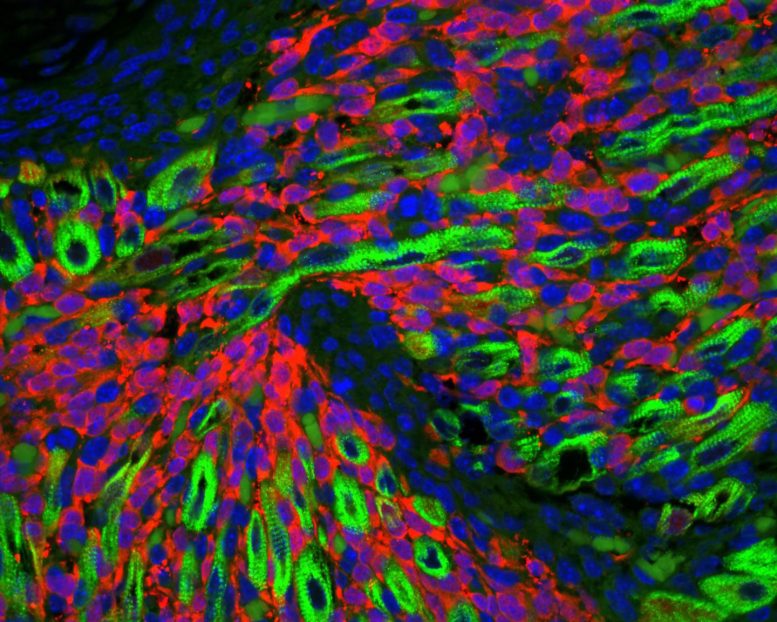Abstracts
Aims: Irrigated agriculture is dependent on the adequate water supply of usable quality. This study was conducted to determine the quality and suitability of different water sources for irrigation in Ondo and Osun states. The water samples were collected from rivers, dams, streams, bore-holes and hand dug wells within the two states. The physicochemical properties of the sampled water were determined; physicochemical properties including pH, electrical conductivity, temperature, total dissolved solids, major ions (Ca, Mg, K, Na) were analysed in the laboratory and sodium adsorption ratio (SAR), sodium percentage (SP) and kelly's ration (KI) were calculated from the significant cations studied for the criteria of irrigation water quality and suitability for irrigation.
Place and Duration of the Study: The study was performed on main rivers, streams, wells and boreholes in Ondo and Osun states.
Methodology: Samples were collected in Ondo and Osun states, the samples were collected in clean PVC bottles washed and rinsed with distilled water and HNO3 dilute acid in eight different points across the two states as follows; in the reservoir (Dams), rivers, bore-hole and hand dug wells all channels to farms.
Results: The study revealed that the values of EC, pH, TDS, TSS, varied from 31 to 1062 mmhos/cm, 5.0 to 7.4, 42.83 to 280.96 mg/L, 28.06 to 203.46 mg/L and turbidity; 0 to 3.5 mg/l, hardness 34 to 160 mg/l and amount of Ca, Mg, K and Na varied from 38.61 to 71.64, 25.3 to 60.17, 17.26 to 35.00 and 21.08 to 33.47 and SAR, SP, KI values varied from 2.98 to 5.74, 30.58 to 49.24, and 0.18 to 0.49 respectively. The total viable count for the microbial present in the surface water sample has the highest value of 5.5x10-3CFU/100ml in the Owena water sample. The presence of faecal indicator bacteria and fungi in the water source suggest pollution raising the possibility of the presence of pathogenic micro-organisms in the water sources, therefore adequate water treatment must be ensured before discharge.
Conclusion: The result shows that there is a higher concentration in groundwater than those in surface water; this implies surface water is good and suitable for irrigation and if groundwater is to be considered as a source for irrigation, proper irrigation management must be required and water analysis for adequate and effective irrigation practice.
Keywords :
Irrigation; water quality; physico-chemical properties; sodium adsorption ratio.
Please see full article
Aims: Irrigated agriculture is dependent on the adequate water supply of usable quality. This study was conducted to determine the quality and suitability of different water sources for irrigation in Ondo and Osun states. The water samples were collected from rivers, dams, streams, bore-holes and hand dug wells within the two states. The physicochemical properties of the sampled water were determined; physicochemical properties including pH, electrical conductivity, temperature, total dissolved solids, major ions (Ca, Mg, K, Na) were analysed in the laboratory and sodium adsorption ratio (SAR), sodium percentage (SP) and kelly's ration (KI) were calculated from the significant cations studied for the criteria of irrigation water quality and suitability for irrigation.
Place and Duration of the Study: The study was performed on main rivers, streams, wells and boreholes in Ondo and Osun states.
Methodology: Samples were collected in Ondo and Osun states, the samples were collected in clean PVC bottles washed and rinsed with distilled water and HNO3 dilute acid in eight different points across the two states as follows; in the reservoir (Dams), rivers, bore-hole and hand dug wells all channels to farms.
Results: The study revealed that the values of EC, pH, TDS, TSS, varied from 31 to 1062 mmhos/cm, 5.0 to 7.4, 42.83 to 280.96 mg/L, 28.06 to 203.46 mg/L and turbidity; 0 to 3.5 mg/l, hardness 34 to 160 mg/l and amount of Ca, Mg, K and Na varied from 38.61 to 71.64, 25.3 to 60.17, 17.26 to 35.00 and 21.08 to 33.47 and SAR, SP, KI values varied from 2.98 to 5.74, 30.58 to 49.24, and 0.18 to 0.49 respectively. The total viable count for the microbial present in the surface water sample has the highest value of 5.5x10-3CFU/100ml in the Owena water sample. The presence of faecal indicator bacteria and fungi in the water source suggest pollution raising the possibility of the presence of pathogenic micro-organisms in the water sources, therefore adequate water treatment must be ensured before discharge.
Conclusion: The result shows that there is a higher concentration in groundwater than those in surface water; this implies surface water is good and suitable for irrigation and if groundwater is to be considered as a source for irrigation, proper irrigation management must be required and water analysis for adequate and effective irrigation practice.
Keywords :
Irrigation; water quality; physico-chemical properties; sodium adsorption ratio.
Please see full article
